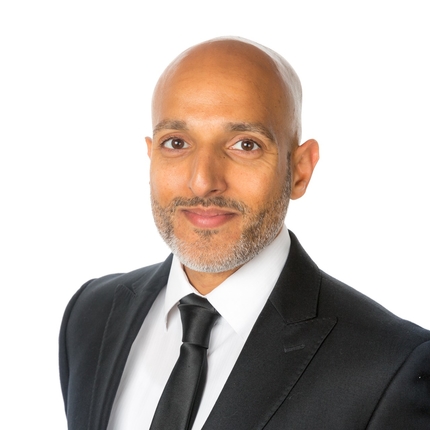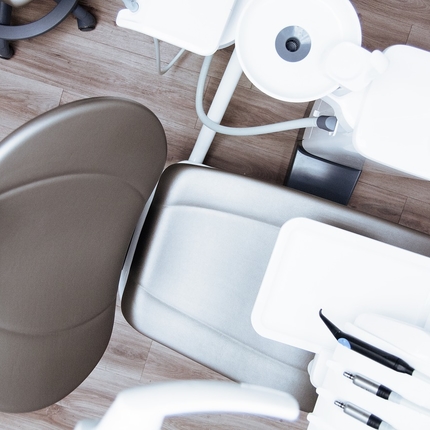There will come a time when you will need anaesthesia or sedation when you visit your dentist. This can be for a variety of reasons. Perhaps you get anxiety whenever you lie down in the dentist chair, or you might need some uncomfortable dental work completed.
Whatever the reason for sedation, there are several methods that can be used for your situation. In some cases, an anaesthesiologist will provide the dental sedation. It’s rare for a West Sussex dental practice to have an on-site anaesthetist, so dental practices will often have a visiting or on-call anaesthetist perform the sedation.
There are also various sedation levels you can experience at the dentist:
- Minimal sedation: You are fully awake but relaxed.
- Conscious sedation: You are awake but may slur your words when speaking and not remember much of the procedure.
Here are two dental sedation methods that you can experience should you need it.
1) Oral sedation
There are several oral sedatives a dentist will give you and can range from a minimal to a moderate dose, depending on your needs. Most typically, the oral sedative is a benzodiazepine (or a derivative) pill. These are usually taken an hour before the procedure
2) Intravenous sedation
Intravenous sedation means you will receive the sedative drug through a vein. It’s fast acting and allows the anaesthetist to adjust the level of sedation up to conscious or moderate sedation.
During moderate sedation, you are able to respond to verbal commands, or to a light physical touch. You need no medical assistance to maintain adequate breathing and heart function. A typical IV session takes up to 90 minutes.
Which is right for you?
Your dentist will determine the best course of sedation for you individually. Depending on your level of nervousness, you just might need a small dose of oral sedative to take the edge off for a routine cleaning. Or if you are going to be visiting for a root canal or tooth extraction and have a low threshold for pain, your dentist might recommend conscious sedation.
Whichever method your dentist advises, you’ll be awake and able to talk to your dentist—while remaining calm and relaxed.
Speak to your dentist and communicate your concerns to get a custom sedation plan (if any) for your treatment.


